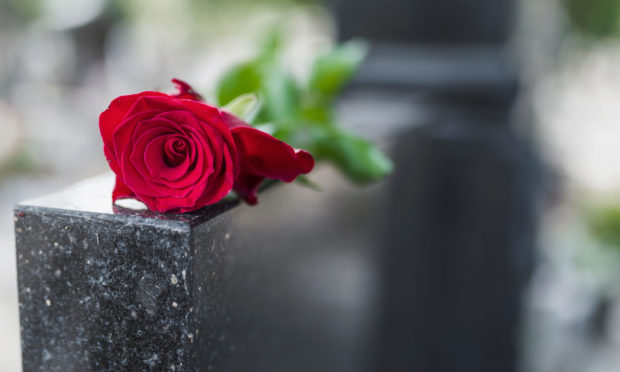It is an obvious thing to say, but every one of us will die some day.
We all know this, but most of the time we live with this knowledge tucked away in some recess of our mind.
This is especially true when we are young. However, as we age, as we start to attend more funerals and then when we have a serious illness, the fact we will one day pass away becomes a very present thought.
We all of us would like a good death. We have common understandings of what such a death might look like.
It might go like this: we will die at home, in our own bed and not in pain. We will be surrounded by our loved ones and will have had proper time to say goodbye.
Everything that needs to be said would have been spoken, including the very important “I love you” and “thank you” to those who have loved and supported us through life.
If we have died because of a debilitating terminal illness, the pain will have been managed so that all of the above could have taken place. The passing will be peaceful and prepared for. We will have left behind clear instructions regarding our funerals.
Now sadly, even in the best of times the hopes described above might not be achieved. We have much less control over our departing than we imagine. Death often comes when least expected and prepared for.
Even so, if the circumstances are not so far away from what we would prefer for ourselves, or for a loved one, then this in itself can be a significant comfort to those who are dying, as well as to those who will be left grieving.
The act of dying is not for the faint-hearted. The last hours can be physically demanding and emotionally and spiritually frightening.
Coronavirus has made the possibility of a good death much less possible than before.
Those who are dying from the virus often do this in a hospital intensive care unit or care home, without the company of family or other loved ones.
Those who are dying from other causes are also sometimes now dying in hospitals or care homes that have been closed to visitors.
As more and more people die unaccompanied by someone they know, the hope of a good death is reduced.
In normal circumstances, whatever happens around death, there is then the comfort of the rituals around preparing for a funeral.
Death notices are published and flowers can be ordered. The service itself can be planned in some detail, a eulogy prepared, meaningful music chosen, family and friend participants prepared. Photographs can be chosen for orders of service, a therapeutic activity that is both very sad and wonderfully comforting.
Sadly, in these days these things too are disrupted.
The increase in deaths, together with the lack of availability of funeral directors and crematoria staff, mean that all is simplified.
Funeral services cannot take place in crematoria. Burials can still happen, but with few mourners present. The loss of the comforting rituals around death and funerals is more significant than we can understand right now.
Without a proper goodbye, grief might be unresolved for years, bereavement stalled.
In some places, where either the minister or a family has technical expertise, a funeral might take place by Zoom.
However, online services are difficult to manage and the simple ways we hold ourselves together in grief and say goodbye can never be replaced.
Social distancing means families and friends in different locations cannot meet together, so the wake cannot take place.
There is less opportunity for the bereaved to be able to see that as life continues, it is these friends present who will be supportive and there is no opportunity to tell the stories that when shared help to make sense of the experience of loss.
The enormity of all this cannot be overstated. Think of one family going through this and then multiply it by thousands. That is where we are right now.
So here are two suggestions of small things we might do to help.
First, if you see a hearse passing in the street, do what people used to do. Stop still as the coffin passes, bow your head, acknowledge the passing of someone unique and loved. You might say a prayer.
And second, even if you are not much of a writer, when someone you know dies at this time, take up your pen and write a long letter of condolence.
Write the equivalent of the conversation at the wake, tell the bereaved how much their loved one was valued. Take time over this. It will be so appreciated.
The Rt Rev Anne Dyer is Episcopalian Bishop of Aberdeen and Orkney and Scotland’s first female bishop











